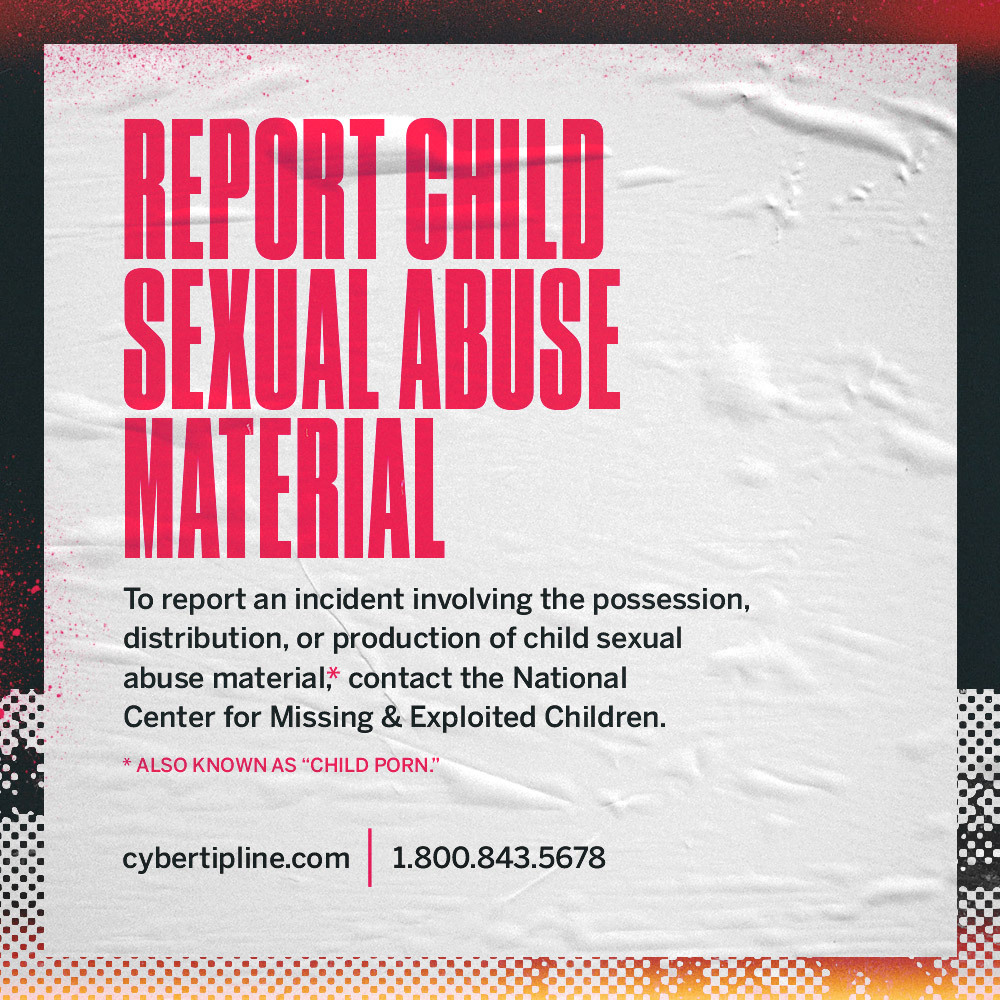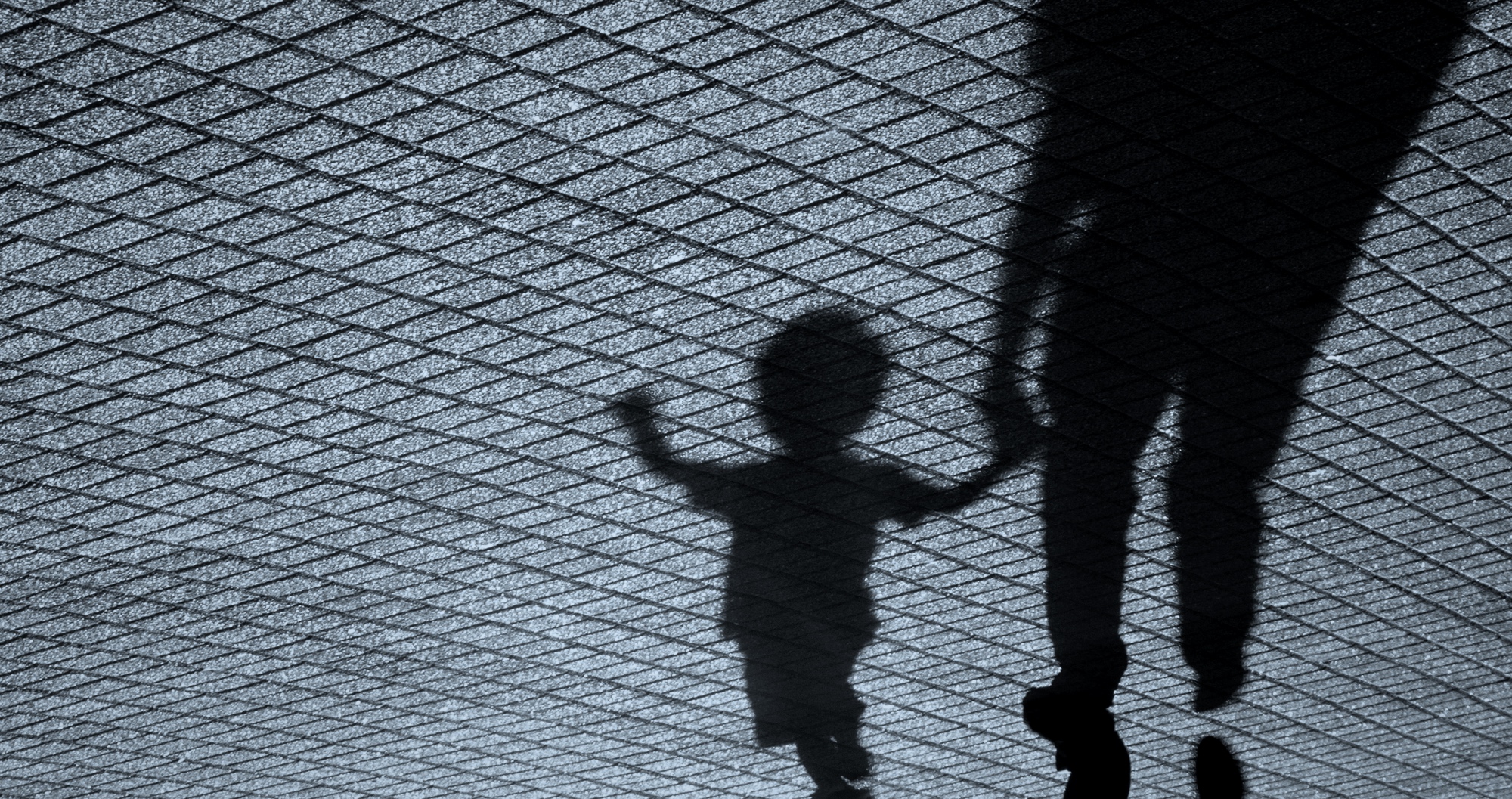The mainstream porn industry has normalized and marketed itself so well that society is more likely to think something is weird about a teen guy who chooses not to watch porn than they are to see the link between porn and sexual exploitation.
After all, porn is acceptable in many places, and seems unrelated to illegal child exploitation on the surface. Where’s the connection?
We’ll get to that. But first, we need some context around the two main industries that are intertwined with child abuse: child sexual exploitation imagery—also known as child porn—and sex trafficking. Included in these two categories are offenses such as sextortion (blackmail involving sexual images), sexualized webcam performances by a child, and child sex trafficking.
Sadly, child exploitation is very much a global problem today. It is difficult to estimate the size and demand as obviously no pimp or pornographer is reporting their annual earnings, but we do know that arrests have increased as these crimes have become some of the fastest-growing in the world. How is this acceptable?
Call it what it is: child abuse
Child exploitation images and videos really are child abuse, and even worse, they’re permanent records of that sexual abuse. When those images or videos are uploaded and shared online, the victimization of that child is reinforced again and again.
As one survivor explained her experience, “At any moment, anywhere, someone is looking at pictures of me as a little girl being abused by my uncle and is getting some kind of sick enjoyment from it. It’s like I am being abused over and over and over again.”
Related: 14-Year-Old Trafficking Victim Took Down California Trafficking Ring With One Text
Sex trafficking is also another form of abuse that’s perpetuated by exploitation imagery. From the comfort of our own homes, what we imagine sex trafficking to look like is closer to a Hollywood stereotype of it than reality. The average person might picture a young girl, kidnapped and chained to a bed, having forced sex with whichever customer pays.
Tragically, this does happen, but it is not the only scenario and it is likely not the most common. In the US, kids who are homeless or runaways, identify as LGBTQ, African American or Latino, or are youth in the child welfare system are more vulnerable to exploitation like being tricked by a trafficker who initially seems trustworthy.
Often, in developing countries, trafficking is a result of poverty. A family may sell a daughter or a son or a child may be tricked by the promise of a job, but in reality, end up being forced to have sex or perform on webcam sites. These children may not be held captive in chains, but they are financially trapped.
The porn industry’s part
One of the most popular search terms on Pornhub is extremely problematic. “Teen” porn has ranked within the top ten genre searches in the last five years or so, making it pretty clear how much consumers look for “seemingly” underage performers. The genre glorifies the fantasy of child porn and can introduce audiences to content that may not who may go on to search for younger and younger content.
But hold on a second. Child porn is illegal in most countries. How do porn sites get away with underage “teen” porn if an actor has to be at least 18 years old?
There are two answers to this. One is that, sometimes, the performers really are underage. This is sex trafficking because the person on camera has not reached adulthood.
Another answer takes us back to 2002, when the porn industry lobbied to change the 1996 Child Pornography Prevention Act.
Dr. Gail Dines, professor and anti-porn activist, explained that the Free Speech Coalition (FSC)—who happens to be the porn industry’s chief lobby group—brought a case to the US Supreme Court to overturn the act, which prohibited any images that were or appeared to be of a minor engaging in sexually explicit conduct. The case was built around the phrase “appears to be” claiming “limitations on freedom of speech.” Long story short, the FSC won.
As a result of the victory, the porn industry was free to create computer-generated images of children in content, or alter the aesthetics of real performers who are of legal age, making them appear childlike. It is these images, Dines said, that have made “teen porn” not only legal, but an incredibly popular genre.
Not all child porn consumers are pedophiles
In some ways, it’s a relief that not all those teen porn videos are the actual abuse of a minor—although these videos are often the abuse of adult performers—but this doesn’t mean it’s all good. Research shows how porn alters your brain and sexual tastes. Consuming computer-generated videos of children or adults dressed up like underage teens may seem harmless because no actual child was involved in the filming process, but you have no guarantee that is reality.
Even still, the consumer still pays a price. Mental health experts have learned that when someone becomes addicted to child porn, they progress to younger and younger children. They seek out more sadistic or masochistic images, and in extreme cases, bestiality.
Consuming a large amount of child porn can lead some offenders to escalate their behavior even more by acting out their fantasies. Research has shown a common denominator for those (mostly men) buying sex with children—consuming child porn. It’s no coincidence that in 80% of child sexual abuse arrests, the offender also possessed child porn.
Related: Understanding The Booming Underground Industry Of Child Sexual Exploitation
Dr. Julie Newberry is a psychologist who has worked with patients who have stories like the one above. In an article for PsychReg, she writes: “My therapeutic experience is that a person who views child abuse images, though committing a sexual offense, is not necessarily a pedophile. A pedophile has a primary sexual interest in children. I suggest that for some people, it is porn addiction rather than pedophilia, which is the cause. A person, usually a man, who has no sexual interest in children, can find himself ‘crossing the line.’”
She continues on to describe her experience, saying, “[My clients] didn’t go onto the internet with the intention of looking at child abuse images, but nevertheless ended up there. They couldn’t understand why they continued to do something that disgusted them and which they knew was illegal. I suggest that each of them became desensitized to mild porn and sensitized to extreme porn. Their higher thinking brain, compromised by addiction, could not win the battle, even when it came to viewing child abuse images. Porn sex was too powerful a need and withdrawal too difficult.”
A global issue
In the US, 300,000 teens become victims every year, and 14% of men have used trafficked persons for sex with reportedly two-thirds of those men knowing many of them had been “coerced, tricked, or trafficked.”
This is a problem happening in our own countries, cities, and towns. But we don’t want to believe it, just as we are uncomfortable imagining anyone we know—a friend, colleague, family member—as a paying customer.
The sad reality is people who produce, distribute, and buy child porn come from all walks of life. They vary in age, race, occupation, and education levels. Surely, we tell ourselves, the same is not true for sex trafficking. Who would pay for sex with a child or teen?
Related: Report: The US Is One Of The Biggest Consumers Of Sexual Exploitation In The World
One 17-year-old survivor from the Midwestern US was trafficked when she was 15. She said she was purchased by over 150 men a month:
“Some could be upstanding people in the community. It was mostly people in their 40s, living in the suburbs, who were coming to get the stuff they were missing.”
This is why we are all about raising awareness. Because porn is not harmless entertainment that only affects the consumer. Because teen porn is a growing genre that encourages consumers to seek out illegal underage content, and that behavior can escalate. Because sex trafficking is a devastating problem happening every day, wherever we may live.
We are out to stop the demand and that starts with each one of us choosing not to take part. Are you with us?

Your Support Matters Now More Than Ever
Most kids today are exposed to porn by the age of 12. By the time they’re teenagers, 75% of boys and 70% of girls have already viewed itRobb, M.B., & Mann, S. (2023). Teens and pornography. San Francisco, CA: Common Sense.Copy —often before they’ve had a single healthy conversation about it.
Even more concerning: over half of boys and nearly 40% of girls believe porn is a realistic depiction of sexMartellozzo, E., Monaghan, A., Adler, J. R., Davidson, J., Leyva, R., & Horvath, M. A. H. (2016). “I wasn’t sure it was normal to watch it”: A quantitative and qualitative examination of the impact of online pornography on the values, attitudes, beliefs and behaviours of children and young people. Middlesex University, NSPCC, & Office of the Children’s Commissioner.Copy . And among teens who have seen porn, more than 79% of teens use it to learn how to have sexRobb, M.B., & Mann, S. (2023). Teens and pornography. San Francisco, CA: Common Sense.Copy . That means millions of young people are getting sex ed from violent, degrading content, which becomes their baseline understanding of intimacy. Out of the most popular porn, 33%-88% of videos contain physical aggression and nonconsensual violence-related themesFritz, N., Malic, V., Paul, B., & Zhou, Y. (2020). A descriptive analysis of the types, targets, and relative frequency of aggression in mainstream pornography. Archives of Sexual Behavior, 49(8), 3041-3053. doi:10.1007/s10508-020-01773-0Copy Bridges et al., 2010, “Aggression and Sexual Behavior in Best-Selling Pornography Videos: A Content Analysis,” Violence Against Women.Copy .
From increasing rates of loneliness, depression, and self-doubt, to distorted views of sex, reduced relationship satisfaction, and riskier sexual behavior among teens, porn is impacting individuals, relationships, and society worldwideFight the New Drug. (2024, May). Get the Facts (Series of web articles). Fight the New Drug.Copy .
This is why Fight the New Drug exists—but we can’t do it without you.
Your donation directly fuels the creation of new educational resources, including our awareness-raising videos, podcasts, research-driven articles, engaging school presentations, and digital tools that reach youth where they are: online and in school. It equips individuals, parents, educators, and youth with trustworthy resources to start the conversation.
Will you join us? We’re grateful for whatever you can give—but a recurring donation makes the biggest difference. Every dollar directly supports our vital work, and every individual we reach decreases sexual exploitation. Let’s fight for real love:




